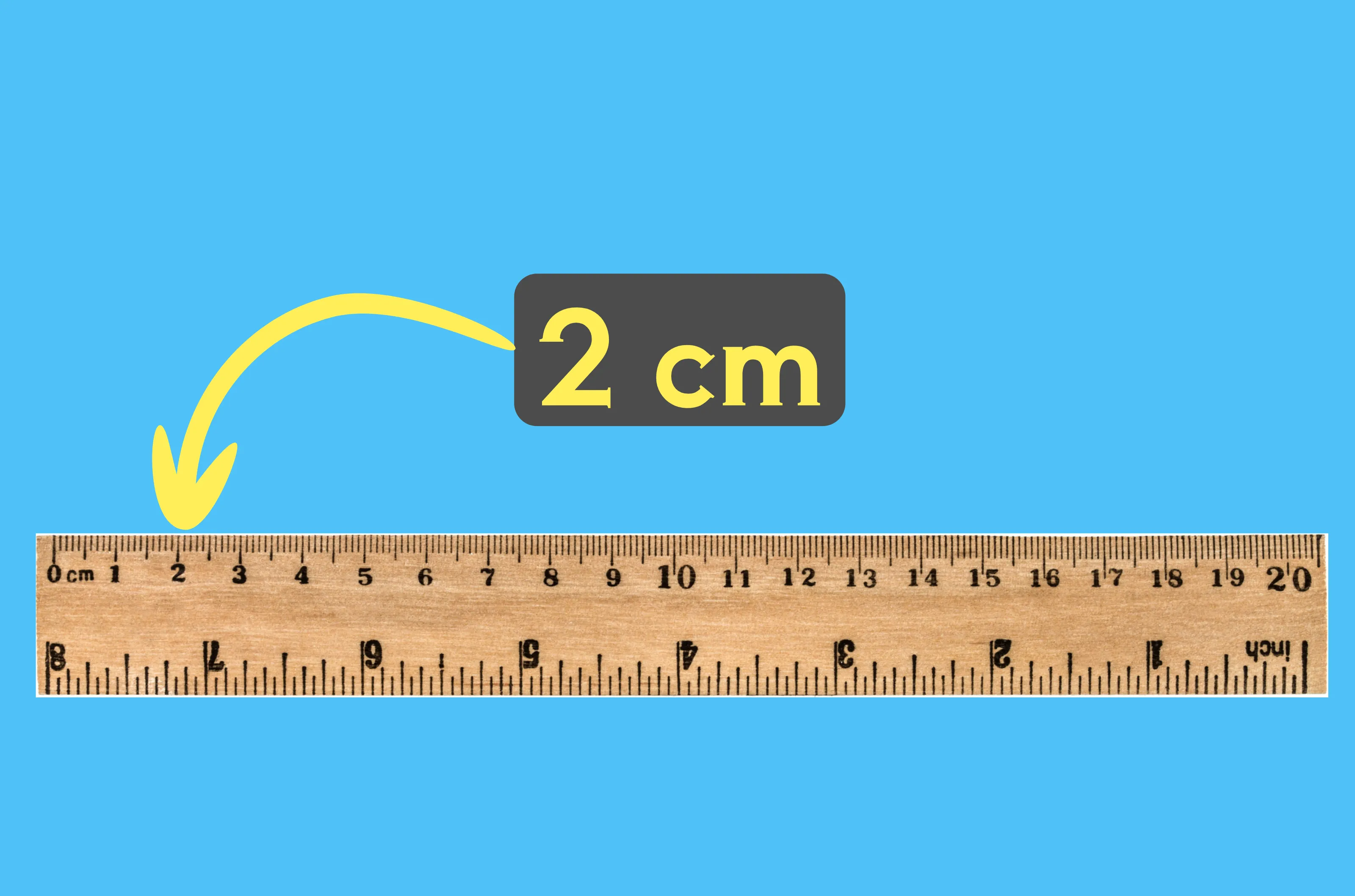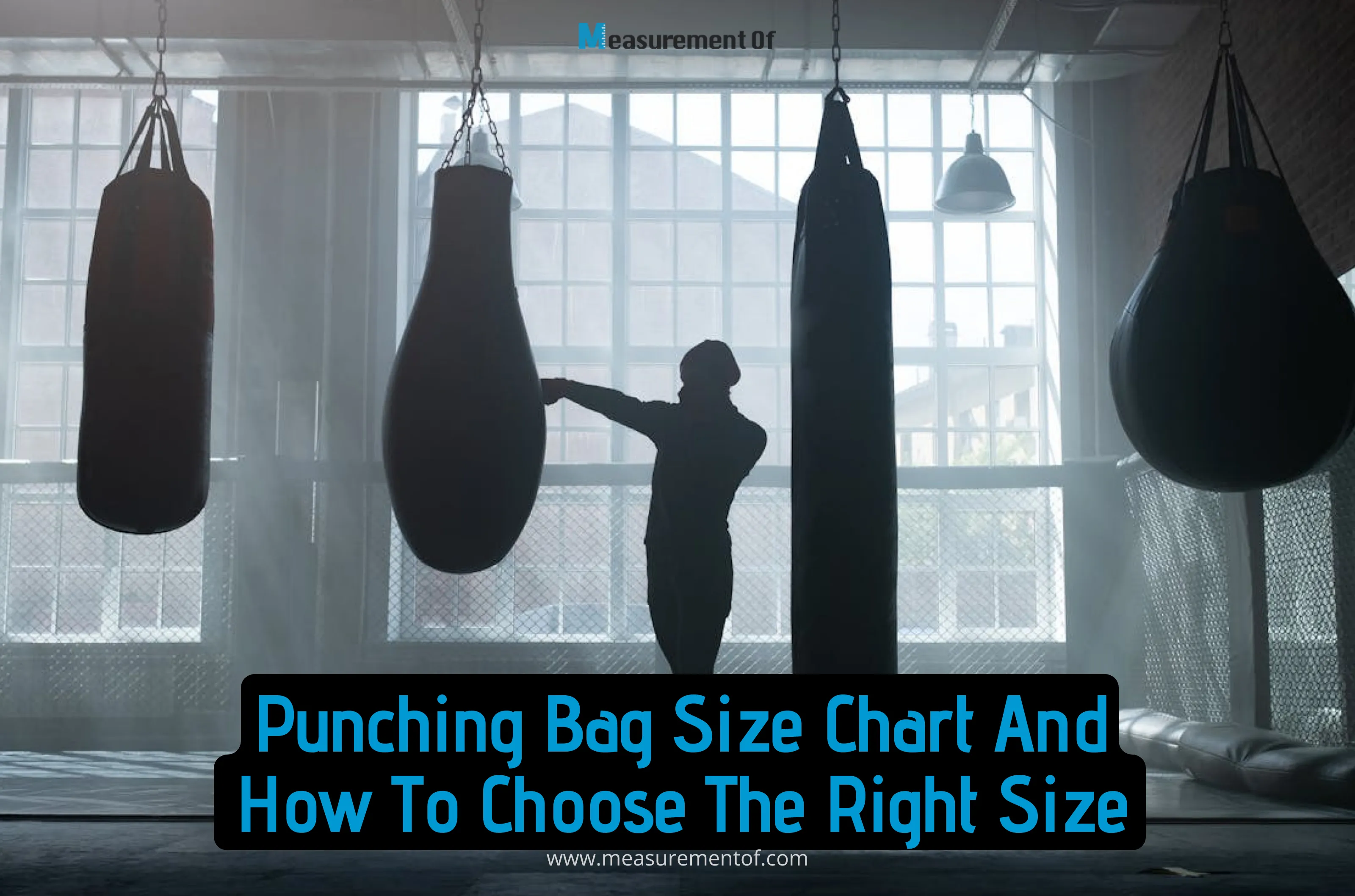How Big Are The Olympic Game Medals?
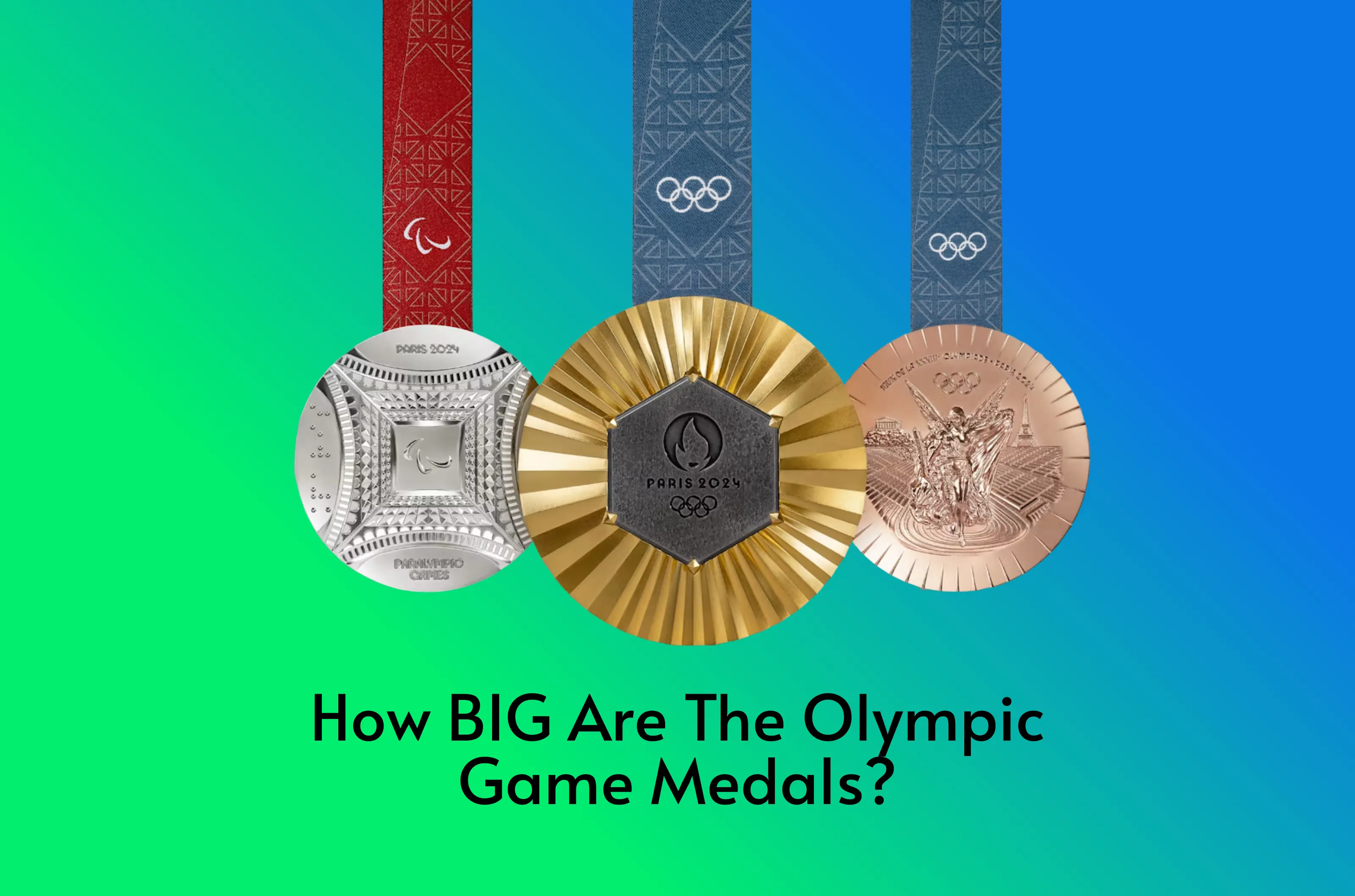
Olympic 2024 is here! Like every time, we will see athletes pushing their limits, striving for glory, and, of course, holding those shiny medals up high. But do you know just how big these Olympic game medals really are? Let's dive into a detailed breakdown ahead.
Generally when we talk about Olympics, we refer to the Summer Olympic games. However, there are other types of the event too. These include - Winter Olympic Games, Paralympic Games and Youth Olympic Games. Here we will limit our discussion about Summer and Winter Olympics.
What are the medals in Olympic games?
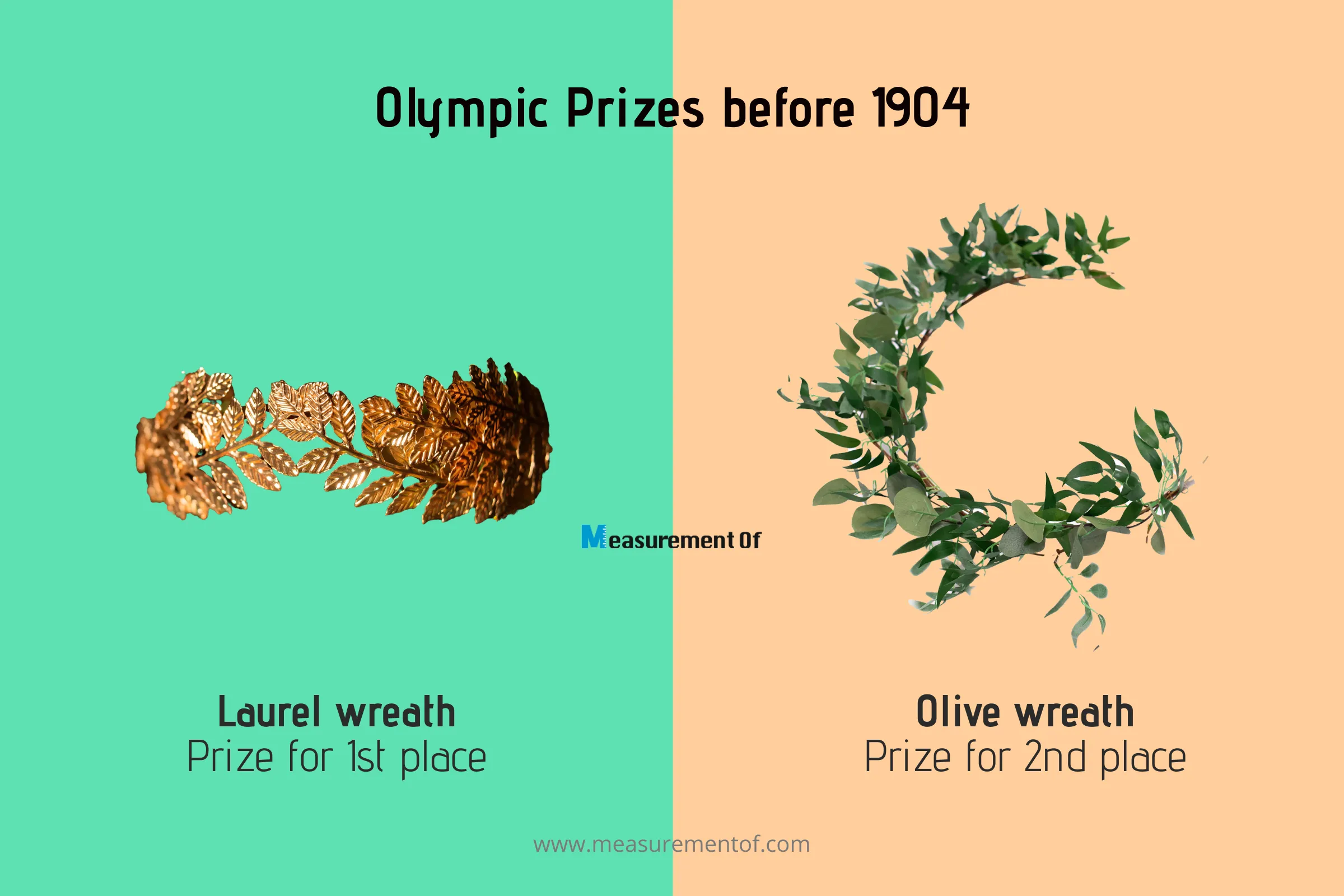
There are three types of medals at Olympics at present - Gold, Silver, and Bronze. But do you know there actually were no medals in ancient Greece, where the Olympic Games originated? Instead, winners were honored with olive wreaths, while runners-up received laurel wreaths.
Then, in the early days of the modern Olympics, two medals were given to competitors. Silver medal for the first place and bronze medal for the second place.
The tradition of awarding medals for the top three spots in each event began in 1904 at the St. Louis, USA Olympics by the International Olympic Committee (IOC). Let's dive into the details of these medals.
Gold Medal
Gold medals are the top prize, the shining beacon of victory, in the Olympics. Even though the modern Olympics started in 1896, athletes didn't win gold medals then.
In the 1900s Summer Olympics, winners received gilt-silver medals (silver gilded with gold). But these were limited to only four categories (shooting, gymnastics, car racing, and lifesaving). Since 1904, gold medals have been awarded to first-place winners in all Olympic Games.
Silver Medal
Silver medals in the Olympics are the runner-up prize that still shines bright. The 1896 Olympics was the first time silver medals were awarded. At that time, these medals were for the winners.
Bronze Medal
Last but surely not the least the bronze medals. While it might not be as glamorous as gold or silver, it's still a sign of excellence. Since 1900, these represent the third-place finishers in Olympic games.
In addition to the medals awarded to the top athletes, there are also participation medals for Olympic games. They're like a thank-you gift for participating in the big event. Every participant, their support staffs, event officials, and certain volunteers is awarded a participation medal and a diploma. But if you can get a place from one to eight, you get an Olympic diploma. How great is that!
But why Gold, Silver, and Bronze?
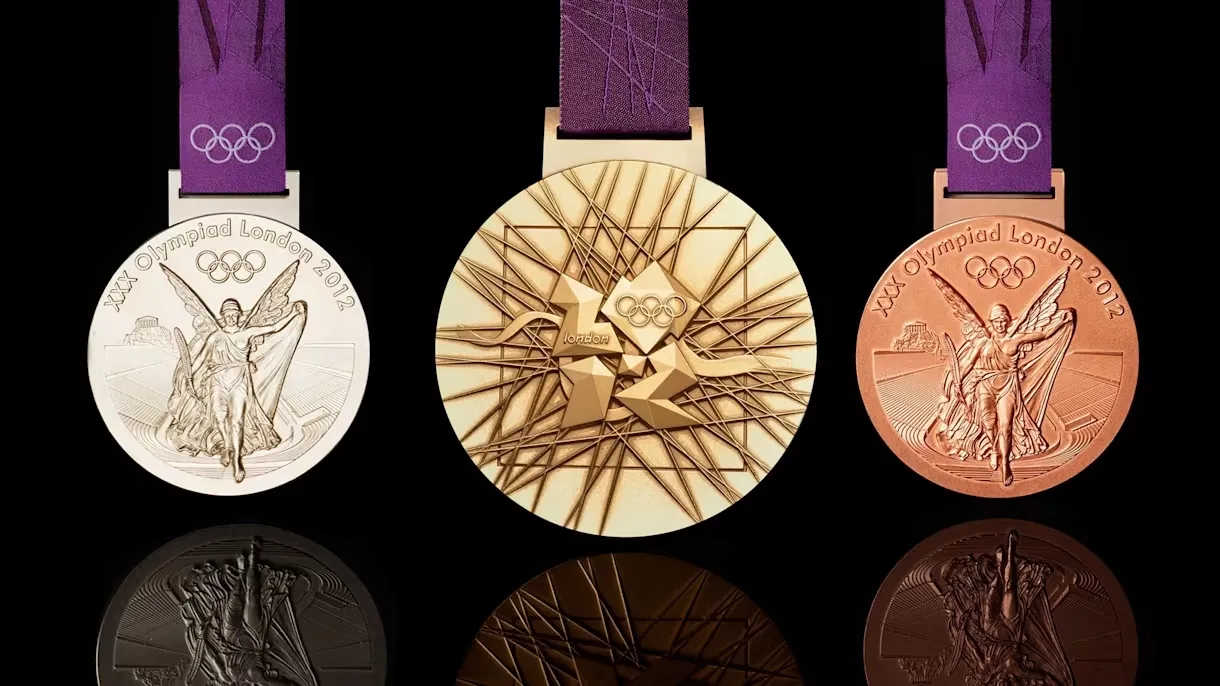
Photo courtesy: Olympics
We've already learned that there are three types of medals in the Olympic games. But the question is now, why these materials? The reason has both historical significance and symbolic value.
The three metals used in Olympic medals - gold, silver, and bronze - are chosen for both their quality and rarity. Note that bronze is mostly composed of copper.
This might feel like a chemistry lesson, but bear with me. These three metals is they are all found in the same column of the periodic table. Same column means they share similar characteristics. Copper is at the top of the column. Silver is one level below copper and at the bottom is gold.
Generally, the higher element on a column is relatively abundant. Making copper the least rare of the three metals and gold the rarest. So it only sees fitting that the 1st place gets the rarest metal!
Now let's talk about another reason- the symbolic value. Gold has long been symbolized with wealth, prestige, and excellence. Some other reasons for choosing it for the 1st place may be that it is easy to melt and doesn't corrode easily. Just like the achievements of the winner doesn't fade away with time.
Silver is not deemed as extravagant as gold. Copper, on the other hand, is much more reactive than gold. This makes bronze relatively more prone to corrosion. However, each of these medals are extremely prestigious for any athlete, be it gold, silver or bronze.
Visuals of these materials could be another reason. Gold, silver, and bronze are visually appealing metals. They are also easily distinguishable from each other.
For example, what if it were silver, gold, and platinum instead of bronze, silver, and gold? It would be difficult to distinguish platinum and silver for common people, as they have pretty similar appearances.
Many people think there is some ties to Greek mythology for choosing these metals. These metals were selected based on the first three Ages of Man: the Golden Age, the Silver age and the Bronze Age. According to the myths, men lived with the gods during the Golden age. In the next phase men had a long youth of hundred years. And last era was of the heroes.
How big is an Olympic medal?
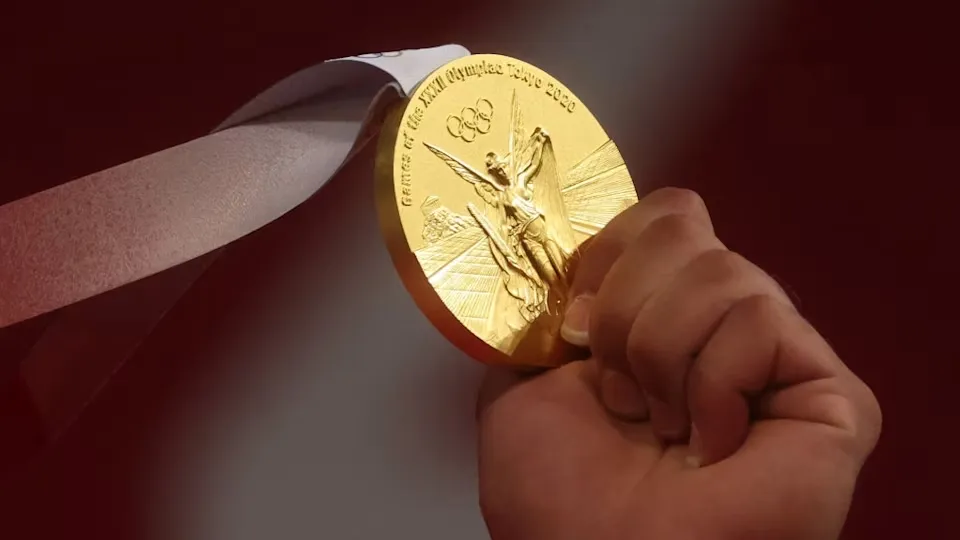
Photo courtesy: Olympics
Here comes the answer we are after – how big the Olympic game medals are. Though there are no fixed size for the medals, rather there are limitations fixed by IOC.
While the IOC has the final say, the NOC (National Olympic Committee) of the host city makes the specifications for Olympic medals design. However it is greatly dependant on design, material, type of Olympics etc. factors.
The IOC has some fixed rules regarding the medal's sizes and design.
All medals are usually round in shape (except for the year 1900). So, in terms of diameter, the medals must be within a range of 70 mm to 120 mm. If you measure it in inches, the range lies between 2.76 inches to 4.72 inches. (According to Wikipedia it is the minimum diameter 60 mm). And the thickness has to be between 3 mm and 10 mm. However the upper limit may not be a binding always. Convert easily with our mm to inches converter.
To put things into perspective, one US quarter has a diameter of 1 inch. So putting three of them side by side you get a combined length of three inches. Minimum diameter of an Olympic medal lies close to this. The maximum diameter of the medal is 4.72 inches, almost the combined diameter of 5 US Quarters placed side-by-side. Read more about objects that are 3 inches long.
Thickness of an Olympic medal is between 3 to 10 mm. When converted to inches the range fals between 0.12 to 0.39 inch. You can visualize it more easily if you know reference for 1 inch. Well, the length from your finger tip to the first knuckle of your index finger is about 1 inch. So about one-tenth of this length is the minimum required thickness of an Olympic medal.
2006 Winter Olympics medals have had the largest diameter so far. It was 107 mm (4.21 inches). The medals were much smaller up untill 1912. The reason was they were made of pure gold and silver.
Summer Olympic and Winter Olympic Games
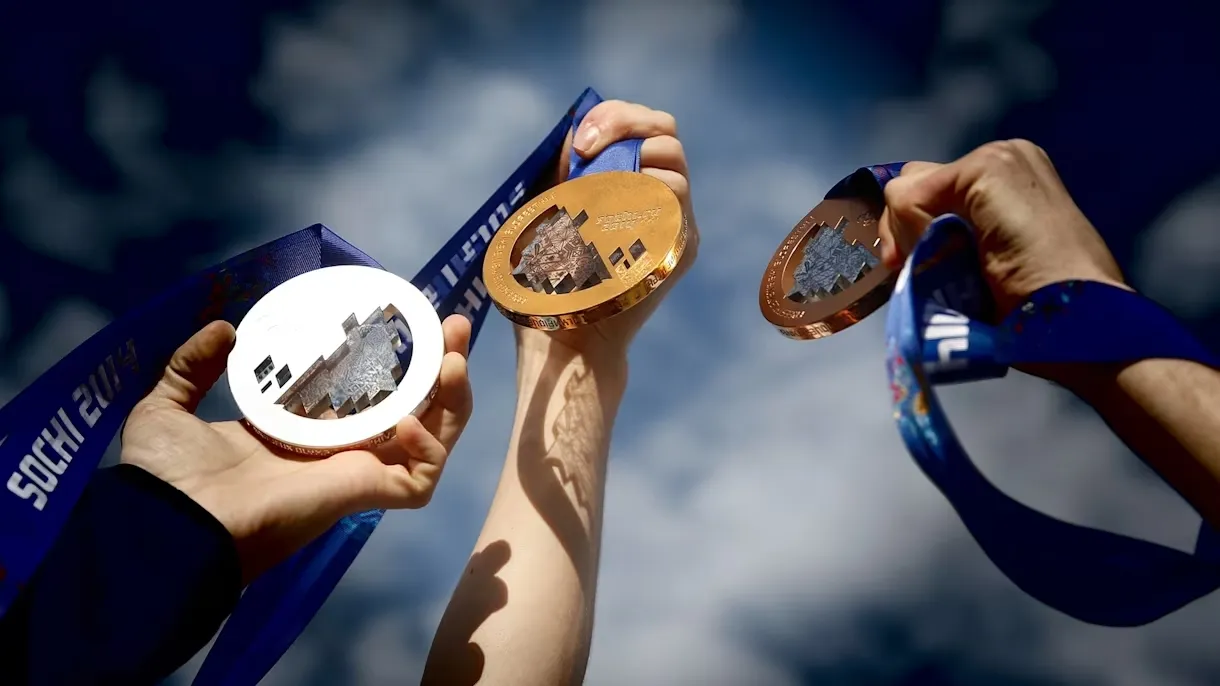
Photo courtesy: Olympics
The Summer Olympics usually take place every four years during the warmer months (July or August). They are easy to remember as they occur in leap years. It features various sports, such as athletics, swimming, and soccer.
Conversely, the Winter Olympics happen every four years, usually in February. Spotlight sports like skiing, snowboarding, and ice hockey are the major ones in Winter Olympics games.
The size and design of the Olympic medals vary from one Olympic Games to another since 1972. previously the medals had the same design for 40 years. Although the design changes, the medals usually have the Olympic games name and city name engraved in them, even along the thickness.
As for the medals, they are generally thicker, larger, and heavier for the Winter Games than the ones for the Summer Games. This is done to make the medals stand out against the heavier clothing of the athelete worn during the winter games.
Recent Summer Olympic Medal Sizes Chart
| Year | Host city | Host country | Diameter (mm) | Thickness (mm) |
|---|---|---|---|---|
| 2000 | Sydney | Australia | 68 | 5 |
| 2004 | Athens | Greece | 60 | 5 |
| 2008 | Beijing | China | 70 | 6 |
| 2012 | London | UK | 85 | 8-10 |
| 2016 | Rio | Brazil | 85 | 6-11 |
| 2020 | Tokyo | Japan | 85 | 7.7-12.1 |
| 2024 | Paris | France | 85 | 9.2 |
Recent Winter Olympics Medal Sizes Chart
| Year | Host city | Host country | Diameter (mm) | Thickness (mm) |
|---|---|---|---|---|
| 2002 | Salt Lake | USA | 85 | 10 |
| 2006 | Turin | Italy | 107 | 10 |
| 2010 | Vancouver | Canada | 100 | 6 |
| 2014 | Sochi | Russia | 100 | 10 |
| 2018 | Pyeongchang | South Korea | 92.5 | - |
| 2022 | Beijing | China | 87 | - |
Outro
So, now you know just how big those Olympic game medals are. But their size isn't the only thing that matters. These medals may have different market price depending on their material and weight, but these are basically priceless to their owners. Because medals for Olympic games represent the dreams, sweat, and victories of athletes who give it their all.
.
